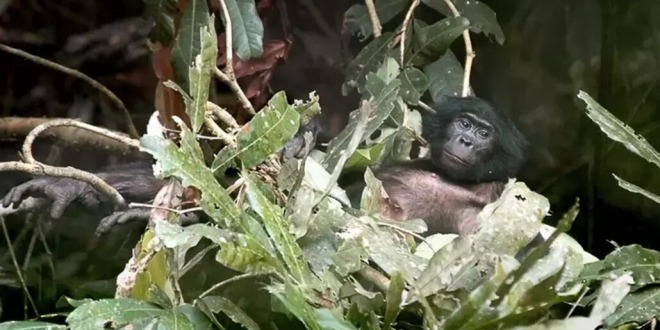According to a new study, climate change is interfering with researchers’ ability to count bonobos, perhaps leading to massive overestimations of the endangered primates.
Bonobos, like other great apes, sleep in lofty nests made of tree branches and vegetation. Researchers can use nest counts to estimate the number of bonobos if they have a solid notion of how long a nest will last before it is torn down by the environment, which is known as the nest decay time.
New data on rainfall and bonobo nests shows that the nests are lasting longer in Congo’s woods, going from about 87 days in 2003–2007 to about 107 days in 2016–2018, owing to falling precipitation. Researchers report in PLOS ONE on June 30 that this rise in nest degradation time could be skewing population counts of endangered apes and jeopardizing conservation efforts.
“Imagine walking through that forest… “You count nests, but each one is around longer than it was 15 years ago, so you assume there are more bonobos than there are,” Barbara Fruth, a behavioral ecologist at the Max Planck Institute of Animal Behavior in Konstanz, Germany, explains.

